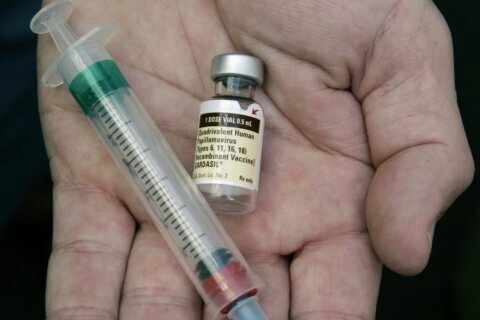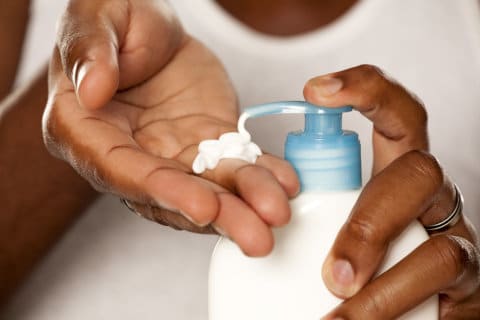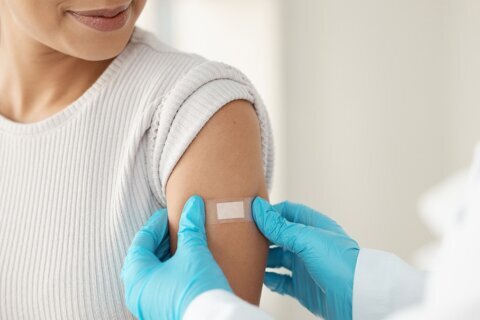The first successful face and double hand transplant on the same patient in the world happened as part of a Department of Defense-funded clinical trial.
“This is really quite unprecedented,” said Patricia Henry, program manager for the Armed Forces Institute of Regenerative Medicine (AFIRM) and the Reconstructive Transplant Research Program (RTRP).
The RTRP is part of the Congressionally Directed Medical Research Programs (CDMRP) that’s part of the Army Research and Development Command.
The CDMRP’s mission is, “Developing innovative reconstructive transplantation solutions to optimize the restoration of form, function, appearance, and psychosocial health for catastrophically injured Service members, Veterans, and American civilians.”
Henry said that there’s only ever been 18 face transplants and 35 hand transplants in the U.S., while worldwide the only other two combined face and hand transplants ever attempted were both unsuccessful.
The procedure was performed on Joe DiMeo of Clark, New Jersey, who was injured in a fiery crash. It took 23 hours for a team of 140 from NYU Langone Health to complete.
Before surgery six months ago, DiMeo had scars from third-degree burns covering much of his eyes. He couldn’t smile, and his 10 fingers were mostly gone.
“We are thrilled to be playing a small part in giving Mr. DiMeo a better chance at life after his horrific accident,” Henry said.
Currently, the program Henry leads is supporting research exploring ways to prevent bodies from rejecting transplants and to help donated tissue stay viable for a longer period of time before it is transplanted.
“We want to expand the geographical areas from which the donor/recipient matches can be made,” she said.
One of the biggest challenges in Henry’s field is lack of insurance coverage because face and hand transplants are still largely considered investigative or research procedures.
Another is donor families who may feel differently about donating a loved one’s face or arms versus an internal organ.
“We would really love to increase awareness of these transplants and make people aware of how transformative the face and hands transplants can be for someone’s life,” Henry said.








